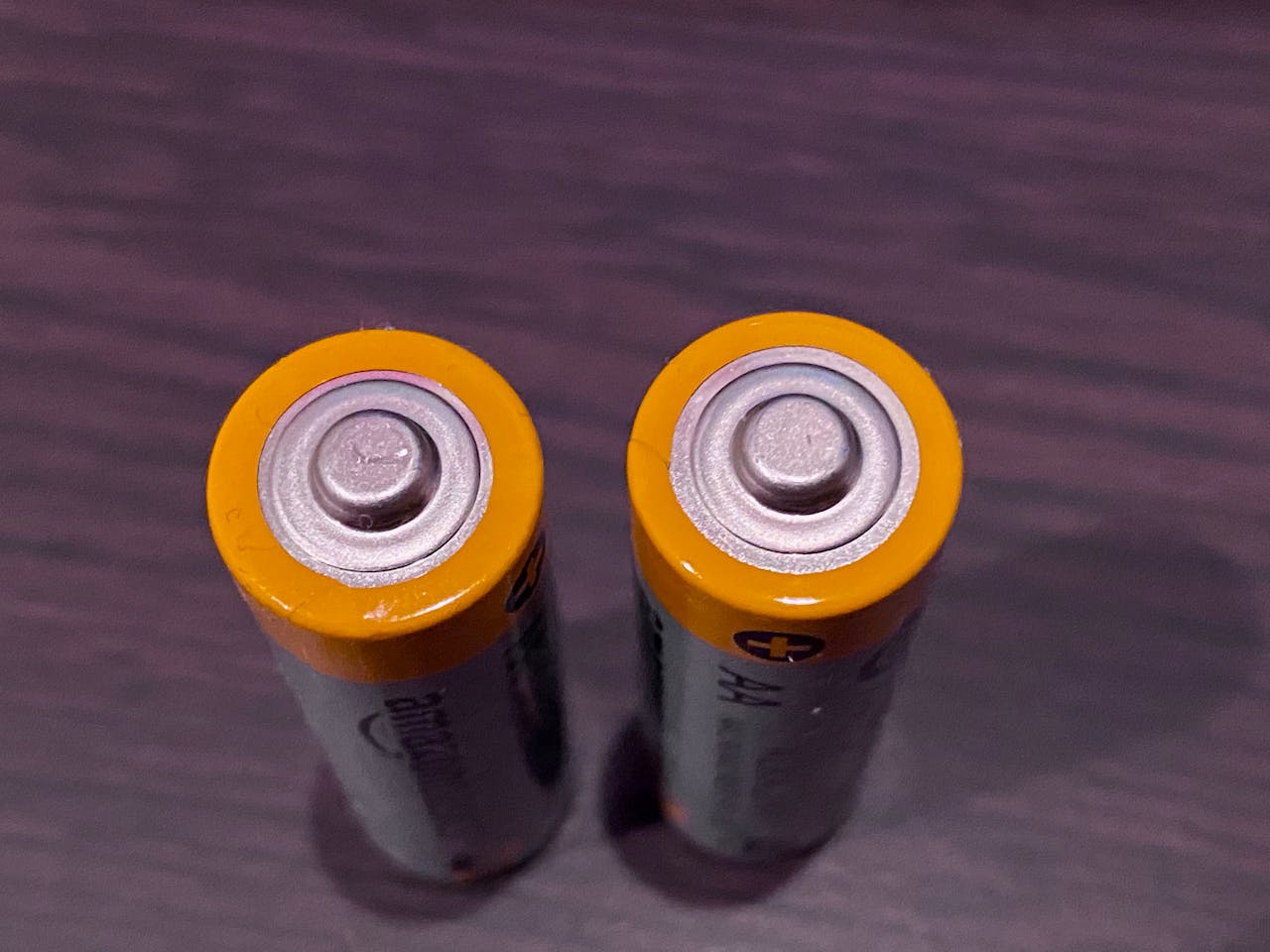Imagine a world in 2035 where electric cars rule the streets, bidding farewell to traditional petrol and diesel vehicles as the European Union takes a bold step to ban their sales in a bid to combat climate change. Electric cars are lauded for their eco-friendliness, emitting zero carbon dioxide emissions during operation. But there’s a catch – the rechargeable batteries that power these vehicles present new environmental challenges. Packed with rare and pricey metals, recycling them once they’re worn out becomes a daunting task.
Consider this: a standard lithium-ion battery comprises numerous individual cells, each weighing hundreds of kilograms. For instance, a Nissan Leaf’s battery pack consists of 192 pouch cells, while a Tesla Model S boasts an impressive 7,104 cylindrical cells, all neatly arranged into modules. As these batteries pile up, automakers, battery firms, and researchers are racing to find solutions to prevent them from becoming landfill waste.
Recycling centers labor to retrieve valuable metals and minerals from these cells, but it’s no simple feat. Disassembling the battery pack requires careful handling to avert accidents. The electrolyte, a fluid facilitating the movement of lithium ions between electrodes, poses a fire or explosion risk if mishandled. Only after dismantling the battery can recyclers safely extract conductive materials like lithium, nickel, copper, and cobalt.
Cobalt, in particular, is highly sought-after for crafting cathodes. However, its acquisition often entails human rights abuses, supply chain disruptions, and volatile prices, notably in regions like the Democratic Republic of Congo. Major electric car manufacturers are already seeking cobalt alternatives to address these concerns.
Yet, here lies the challenge: as batteries evolve with more environmentally friendly and cost-effective materials, the incentive to recycle them diminishes. Energy storage expert Jenny Baker likens this trend to consumer electronics, where purchasing a new device often proves cheaper than repairing or recycling an old one.
This wasn’t a significant issue when electric cars were scarce. However, with the International Energy Agency projecting 145 million electric cars by 2030, the volume of used batteries will soar. By 2035, researchers estimate around 250,000 tonnes of battery packs will reach the end of their life, enough to fill 200 Olympic-sized swimming pools.
Currently, much of the world’s battery recycling capacity resides in China. However, stringent regulations on importing used batteries pose barriers for other regions to participate. Europe is gradually catching up, with automakers spearheading battery production and recycling initiatives. For instance, Volkswagen Group recycles thousands of batteries annually at its German facility.
Despite these endeavors, there’s an urgent call to revolutionize battery recycling practices. Existing methods primarily focus on extracting valuable materials, but researcher Gavin Harper advocates for more efficient and environmentally friendly approaches. He envisions a future where batteries are manufactured differently from the outset, reducing reliance on resource-intensive recycling.
While some concentrate on enhancing recycling techniques, others explore alternative battery technologies. Companies like CATL and BYD are developing cobalt-free batteries, utilizing lithium iron phosphate instead. Additionally, there’s promise in sodium-ion batteries, offering a potentially abundant substitute for lithium.
In essence, the challenge extends beyond merely retrieving metals from old batteries. It’s about reimagining battery design and production processes to foster greener solutions for the future.

